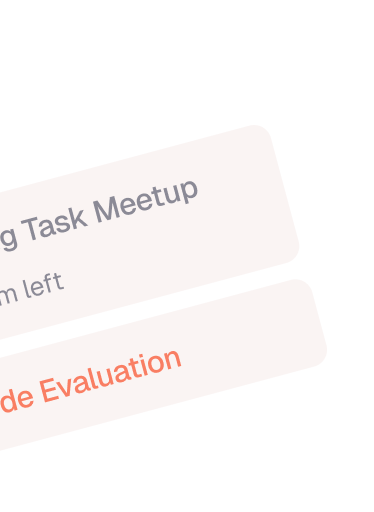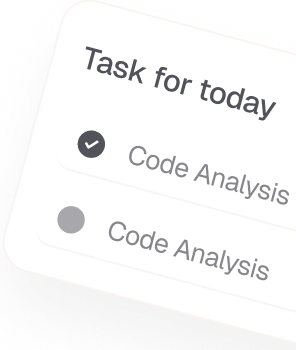 Five Scheduling Tips to Help Busy Experts with Cale...
Five Scheduling Tips to Help Busy Experts with Cale...

In an age of digital overload, productivity often comes down to one key skill: effective task handling. Professionals frequently find themselves managing multiple tools — to-do lists, calendars, sticky notes, and reminders — leading to scattered focus and missed deadlines. But there’s a growing consensus among productivity experts: your agenda (calendar) should double as your task list.
By integrating tasks directly into your schedule, you not only plan what needs to be done but also when it will get done — creating a practical path from intention to action.
While to-do lists are helpful for capturing tasks, they often fall short when it comes to execution. Common issues include:
Using your agenda as your task list means assigning each task a specific time slot in your day. This method, known as time-blocking, helps bridge the gap between what you plan to do and what you actually accomplish.
List everything you need to do — work projects, personal errands, emails, calls, etc.
Assign a rough time estimate to each task. Be generous at first to avoid underestimating.
Choose a digital calendar (Google Calendar, Outlook, etc.) or a paper planner that you’ll stick with.
Drag and drop each task into an available time slot. Be mindful of meetings, breaks, and realistic energy levels (e.g., schedule deep work when you’re most alert).
 Five Scheduling Tips to Help Busy Experts with Cale...
Five Scheduling Tips to Help Busy Experts with Cale...
 Five Scheduling Tips to Help Busy Experts with Cale...
Five Scheduling Tips to Help Busy Experts with Cale...
 Five Scheduling Tips to Help Busy Experts with Cale...
Five Scheduling Tips to Help Busy Experts with Cale...

